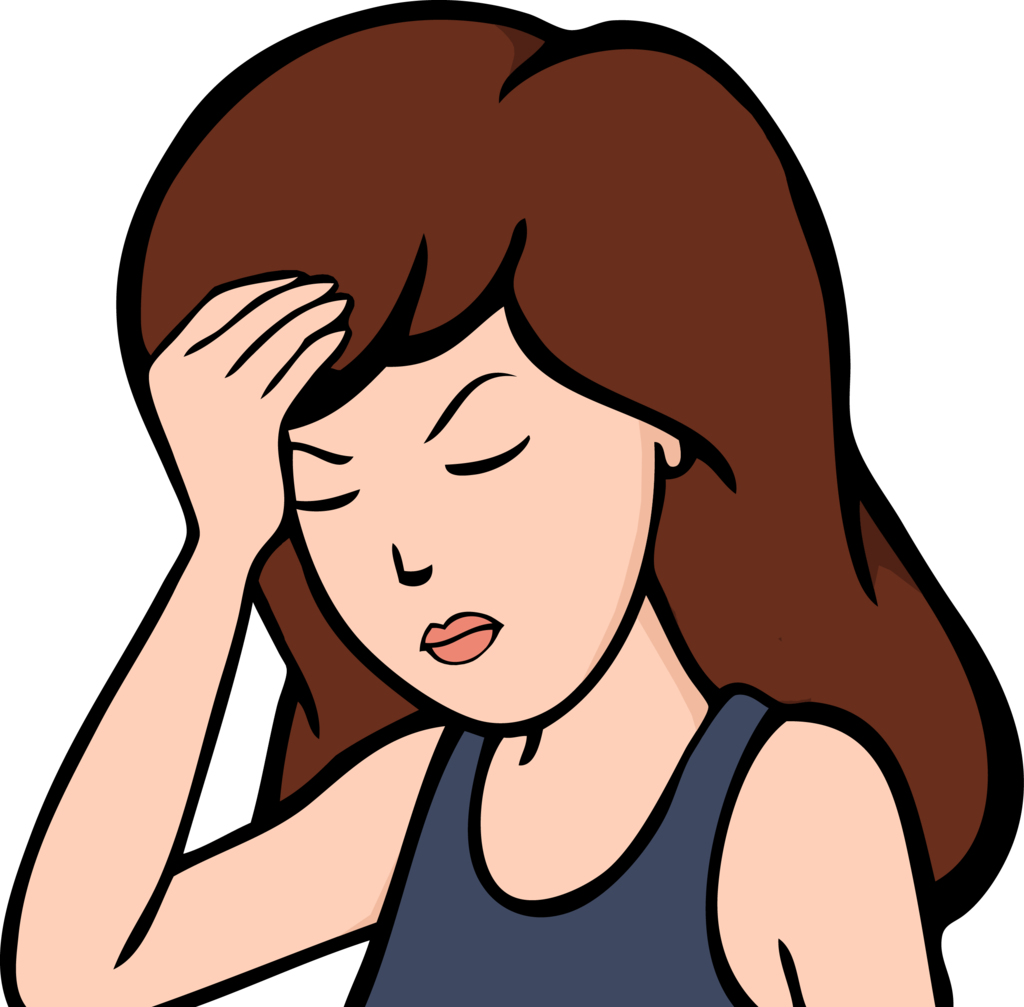I think a mask is your best option. If you’re trying to prevent against other people’s illness, you probably need an N95 mask, something that seals around your mouth and nose. A surgical type mask is more to control the droplets and spread of illness coming from you.
“What’s the best pull out technique for avoiding pregnancy?”
‘Rubber up!’
(No no you are right 🙂)
Perfect🤣
As everyone else is saying, wear a mask if you have one.
But it seems like the question you’re directly asking is more about the fluid flow of air in the room. With your suggestion of alternating short/long breaths, you might be imagining that you can blow the germs away and then breathe in the clear space left behind, but of course it doesn’t work that way. Blowing or breathing quickly creates more turbulence, which stirs up the air and sucks in more air from further away—both of which increase your risk. (Reducing turbulence from your breath is the second function of a mask, besides filtering out particles.) In the best-case scenario, the germs are in large aerosolized droplets which will settle out of the air quickly, but only if the air is still—so you’d want to breathe softly and move as little as possible. (And the droplets can still be infectious after they fall, so wash your hands after touching anything as well.)
Thank you for addressing my question. I’m aware of masks, lol. Any idea about nose vs. mouth breathing? Nose hairs filter some stuff, but then these aerosolized droplets are in my nose, so maybe that’s worse?
Regarding short vs long breaths, I was kind of wondering if short breaths might limit how much virus material was inhaled. Restricting oxygen flow might be better if the exposure was short term.
But since there’s overwhelming evidence masks work and will prevent (most likely) what you want to prevent…why even try something else? Unless you have a condition that prevents it, in which case, I’m sorry and shouldn’t assume you can wear one.
Because I don’t always have an N95 mask on my person? Because I can’t always 100% control my environment, but I can almost always exercise some control over how I breathe?
I guess that’s fair.
I’ve just adapted to always having a mask on my person. In a pocket or bag.
But if there is some sort of breathing technique that works (other than not breathing, but sort of doubt) go for it.
I just wanted to state my opinion and I guess my problem solving technique (the easiest and most effective/reliable option is usually best) but everyone has their own, and I understand that.
But if there is some sort of breathing technique that works
The purpose of this post was to try to find an answer to this question
Breathe in through your eyes and breathe out through your ass.
I think it’s opposite of that for runny noses.
Instructions unclear, need new underwear now.
Yeah whenever someone near me coughs or sneezes I hold my breath and exhale until I’m past them, maybe it’s not effective I’m not sure but it makes me feel better than breathing in air full of sneeze particles
It is effective, since you avoid breathing in the by far most concentrated aerosol.
I do this and always thought i would be exaggerating. Also, it’s pretty automatic, someone sneezes, i stop breathing until a few steps away.
Negative pressure room (fan air outside) for the person sick. Positive pressure (fan air inside from outdoors) for the person not sick.
Mask, wash hands, keep distance.
Wear a mask and GTFO when you can. If it’s an airplane you can’t really do anything but hope and be extra cautious not to touch your face (a mask can help with this)… if it’s a bus or something then just GTFO unless it’s really low frequency and catch the next.
Knowing the type of area would help.
Absorb oxygen through your moist skin.
But really, an n95 will reduce the risk of you catching anything by a lot. Also wash your hands frequently.
You could use the usual face mask and a nose spray with carragelose.
if someone coughs or sneezes in the same room as you, hold your breathe for 10-15 seconds if you can. some airbornes are floating around even longer than that but its something.
Wow, thank you! This is by far the most helpful answer. I will take a stab at grokking this paper.
deleted by creator
There are also nasal sprays that are supposed to aid in the blocking of respiratory viruses. Pair that with a mask. Breath as slowly as possible (no gasps, laughs, or yawns) and only through your nose.



